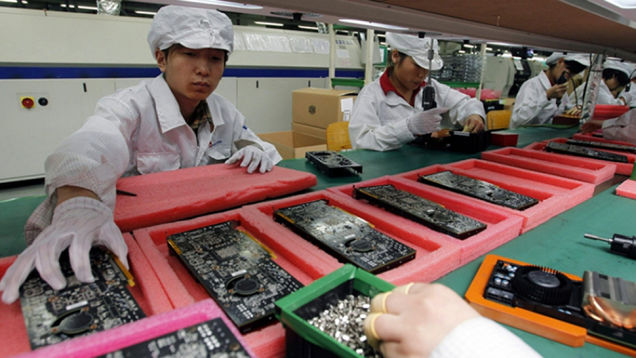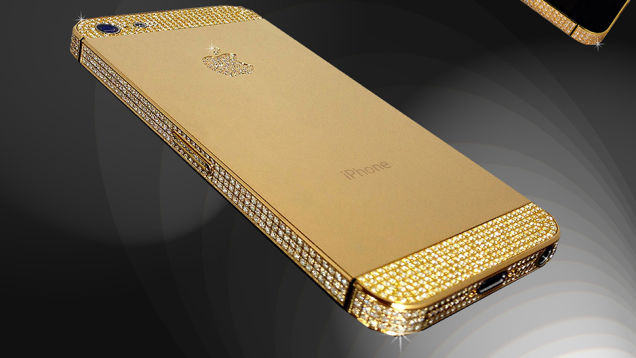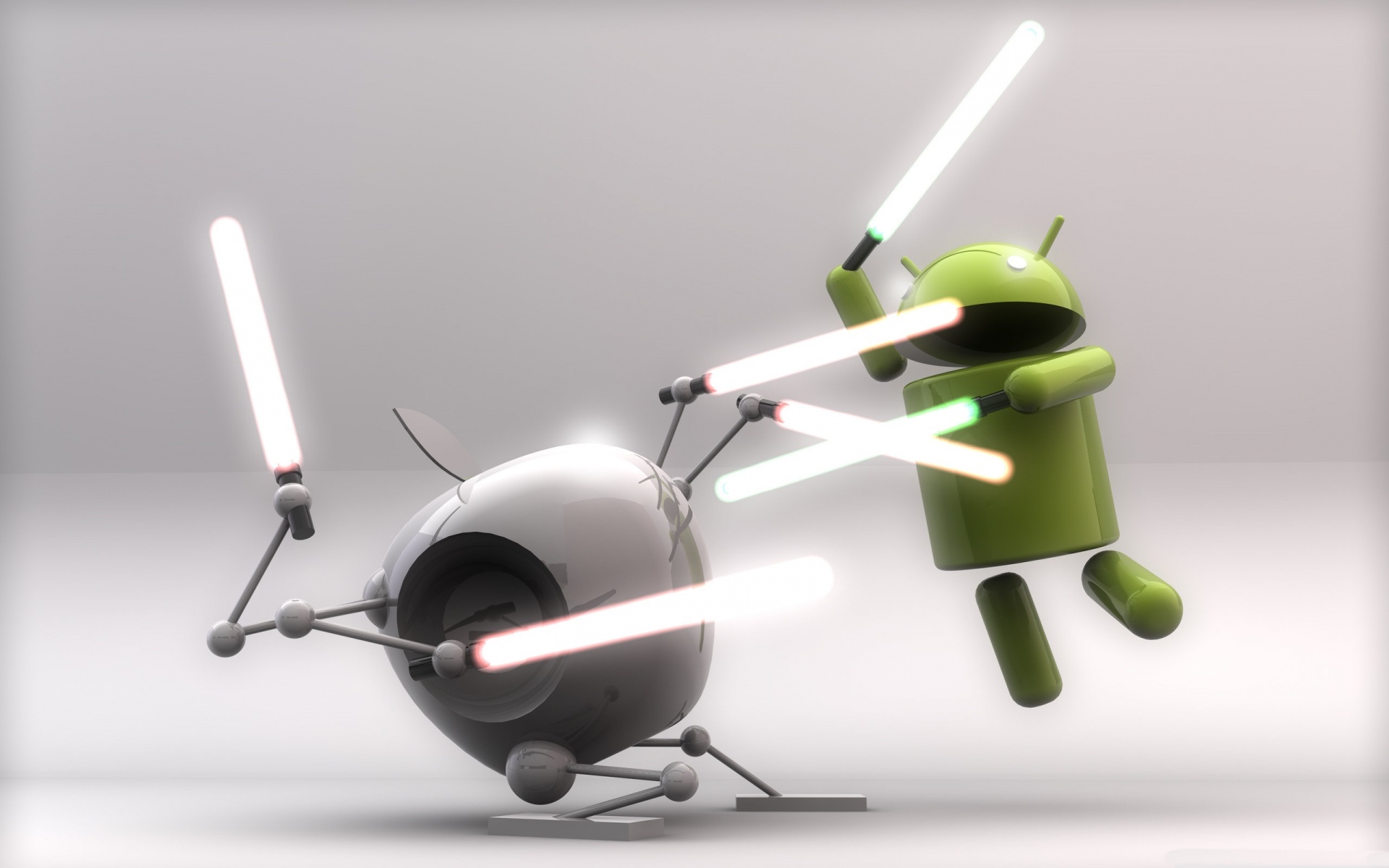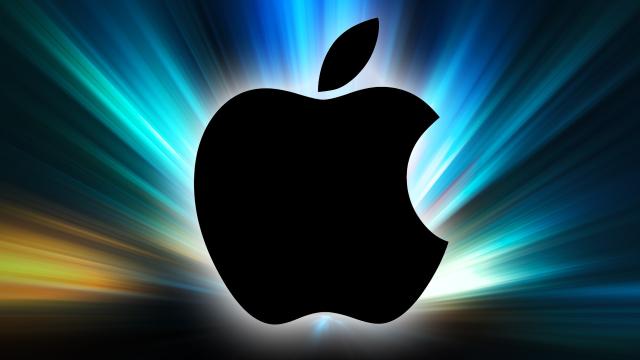It’s no secret that I’m an Android guy. I worked for two years at an Android-focused site and I own multiple devices with “Nexus” in the name. Still, I couldn’t be happier about Apple’s announcements yesterday. Why? Because what Apple does affects us all.
There’s a tendency in the tech world — and especially as it relates to mobile OSes — to believe that the tech giants operate independently of each other. Apple makes its products, Google makes its operating system, and any overlap is copying at best, and theft at worst. This view fails to take into account the complexity of how tech operates.
Apple Has The Scale To Reach Millions Of Users

[related title=”iPHONE 6″ tag=”iphone-6″ items=”4″]Perhaps the biggest reason that Apple matters is its distribution scale. Apple isn’t the only company which puts solid ideas into its products. But making a good phone doesn’t matter much if you can’t put it into the hands of the people who want it. Some features (like NFC payments) only really catch on if a lot of people are using them. And Apple is one of the few who can put phones in a lot of hands.
When Apple launched the iPhone 5s last year, it launched initially in 11 countries, reaching a total of 50 by 1 November. This is possible due to the massive infrastructure that Apple has devoted to its one product line. By some reports, Foxconn — one of Apple’s biggest suppliers — is able to crank out 500k iPhones per day. That’s a 24-hour work cycle (and bogged down with human rights violations problems, not that this is unique to Foxconn or Apple) At that capacity, Apple could make 45 million iPhones in 90 days.
Compare this to a recent up-and-comer: Motorola. After Google purchased Motorola, it made a huge, sweeping overhaul to its management team and cranked out a product that, while not impressing spec geeks, was still more than good enough for most people. Allegedly, it sold 500,000 in 90 days. Even if those sales numbers are inaccurate, though, Motorola itself claimed its Texas facility — home of the customised Motomaker handsets — could only makes 100,000 handsets per week.
For context, over a 90 day period, that would be roughly 1.28 million units — about 43.72 million units behind Apple. Motorola pioneered customisable hardware which could have shaken up the mobile industry, but because it couldn’t deliver that to more than one country (or carrier) at launch, almost no one noticed.
Samsung comes closest amongst non-Apple products to reaching the same scale. In Q2 2013, Samsung pushed 71 million smartphones, compared to Apple’s 31.2 million over the same time frame. Not all of those are flagships, but the fact remains Samsung could make them. Samsung is the only Android manufacturer that can compete in this arena.
To push a new type of consumer tech, you need consumers to actually use it. Unlike fan favourites such as HTC or Motorola, if Apple wants to make a device popular, it has the means to do so. Retailers need a reason to upgrade their systems to support NFC payments. Apple can give them 45 million new reasons every quarter. No matter how much their fans like them, HTC and Motorola can’t do that.
Apple Has The Cool Factor To Gain Mindshare
Whether you attribute it to high-quality hardware or a reality distortion field, the fact is that Apple makes products that many people really love. Not everyone. But enough. Enough people, at the very least, to nudge consumer mindshare into a direction Apple chooses. Like wearing a computer on your wrist.
We saw this happen to a certain extent with voice commands. Despite Google Now being just as good (and sometimes better) than Siri, the latter is the one that became a brand unto itself. Voice command jokes maybe pointlessuseless, but they give what is otherwise just a smartphone feature personality. Put another way, no one’s asking whether or not someday we will have meaningful relationships with Google Now.
Does this mean Apple is the only one making cool features? Of course not. But fashion matters in tech. Arguably, Google Glass’s biggest failure isn’t the tech (a transparent display? Cool!), or its practicality (just ask a special needs therapist), or even its oddly invasive camera (if someone really wanted to, they can record you much more easily). It’s that Glass simply looks silly. Maybe that shouldn’t be the case. Maybe glasses are normal and so Glass should be, too. Maybe cameras are everywhere so people shouldn’t be so scared of this one. But when you attach a bright orange camera to someone’s eyeball, it puts people off. Coolness matters and, at least for right now, Apple is still cool.
Wearables are another big area where coolness is going to matter. Smartwatches have been around since before the Pebble, but they still have the perception of being silly. There are no guarantees in tech, but Apple may just be able to make the smartwatch cool. The category certainly needs the push, and after yesterday’s announcement, it might have gotten it. Not only will it become more socially acceptable to wear them, but we Android users will probably have more (good) models to choose from if it catches on.
Apple’s monopoly on cool isn’t absolute, of course. Google’s software design has arguably become much, much cooler in recent years. Bigger phones have become cool enough for Apple to follow suit. But Apple does still have a lot of cool collateral in its coffers. More importantly, as stated before, it has the manufacturing capacity to back it up. Quite frankly, despite pushing the same number of units, Samsung doesn’t have the same fashionable factor. This puts Apple in a unique position. Particularly in terms of appealing to a key, influential demographic.
Apple Has A Wealthier Target Demographic

Apple products aren’t necessarily overpriced. They’re just expensive. The same quality laptop from a different manufacturer might cost you the same.
The difference with Apple is that “expensive” is the only price point they reach. There’s no budget iPad for $200. The cheapest Mac you can get is $749 and you still need to buy a monitor and peripherals. The lowest price for a laptop is $1099. And the new Apple Watch costs $US350, which is nearly twice the cost of some of the early Android Wear devices. For any other company, this would be suicide. In fact, for Samsung’s $US300 smartwatch, it sort of was.
There’s nothing inherently wrong with this approach, but it means that Apple necessarily excludes poorer demographics (and countries). To wit: the Moto G sold gangbusters in foreign markets where a $600 phone is prohibitively expensive. In fact, arguably Android was only able to get to where it is today because it’s able to cater to more than one price point or type of market.
With exclusionary prices, though, comes status symbols. And status symbols, by their nature, are more often owned by the wealthy. Money shouldn’t necessarily buy influence, but it often does. Businesses with cash to spend will invest in technology they think is worthwhile. Countries with more money to spend will determine what devices become popular (which is why the US and China are important first-launch markets, while Haiti doesn’t come up too often in conversations about mass market appeal). It’s callous, it’s insensitive, it marginalises some groups, and it’s true. People who sell things need to find people with money to buy things in order to survive. And Apple, by its very nature, appeals to people and businesses with more money.
Put another way: from Apple’s perspective, being a status symbol isn’t just about being cool. It’s about being able to dictate market trends.
Google has the clout to get retailers like BP or Subway to supports its payment network. It didn’t have the ability to get retailers like Target (in the US) involved. Yesterday, Apple announced that Target would be accepting Apple Pay on its website. This isn’t because of NFC iPhones (you don’t need special hardware for the website) and it’s not because of the cool factor (who wants to sign up for a new payments system?), so it has to be something else.
To claim that Apple got Target on board solely because of the price of its products is overly reductive. But Apple moves a lot of money around. It’s not the only company that makes money, but dollar for dollar, Apple customers tend to be worth more on average. This trend can and does shift, but for the moment, if Apple wants the attention of someone with an interest in making money, they’re more likely to get it than Google might.
We’ve been waiting for mobile payments to get overhauled for a long time. Credit card thefts seem to be commonplace, with changes to security coming slowly if they come at all (the US still doesn’t use the chip and pin system that’s become prevalent in most of the rest of the world). Mastercard, Google and mobile carriers have all tried to convince merchants to step up their game. The Apple following — regardless of what you might think of it — may be just the nudge we finally need.
Competition Matters, And Apple Is The Biggest We’ve Got

None of these factors are exclusive to Apple. However, the just-right combination is pretty rare. This means that, even if you don’t use a single Apple product, the company probably has some influence over the technology that you use. Android Wear, as an example, might be an excellent product. But without a company like Apple to make wearables fashionable, it’s not entirely certain if they would catch on. They have certainly struggled so far.
Not to mention, there’s little other competition. Without Apple, the entire Android world might get overrun by Samsung (and arguably already has). Without Apple, there’s almost nothing competing with Windows. Without Apple, the “who’s better than who” fires die out almost entirely. Even if you hate Apple, that rivalry drives us to do more. As the fake Steve Jobs in Pirates of Silicon Valley said, “People need a cause.”
That type of competition will always drive companies to out-do and borrow from one another. It’s possible that Android wouldn’t have worked on Project Butter if not for Apple’s smoothness, in the same way that Apple might not have made its own notification shade following Android’s lead. One lends itself to the other. It’s the circle of competition, and we all benefit.
Of course, no one’s saying Apple’s the only one that drives competition or the only one who comes up with ideas. But it does popularise many of them. No one’s giving credit solely to Apple for inventing all technology (or at least not reasonably so). Just because Apple prefers a walled-garden approach to tech, though, doesn’t mean it actually lives in one.

Comments
2 responses to “Why We Need Apple”
a great and insightful article! It expresses my thoughts beautifully. Minor difference, I started with Apple, but prefer Android because of its flexibility.
Can I encourage you to write more articles like that?
Brilliant article and right on the mark.
just like why we need Oranges, vital!
What a brilliant article! seriously, sooo good!
A good article that doesn’t rely on playing fanboys against each other (and in fact gives a reason why) that conveys a clear message as to where Apple fits in the world of consumer electronics.
Great article, tech sites need more writers like you!